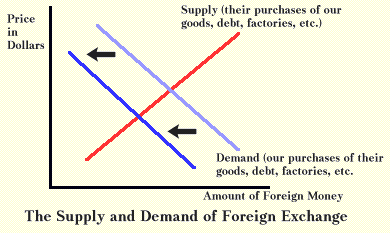- relationship between unemployment and inflation
- tradeoff only occurs in the short run ( time too short to adjust to price level )
- Long Run PC ( Phillips Curve )
- occurs at natural rate of unemployment
- represented by a vertical line
- no trade off between unemployment and inflation
- only shifts if LRAS curve shift
- major assumptions is that more worker benefits creates more natural rate and lower worker benefits creates natural rate
3 Types of Natural Unemployment ( FE)
- Structural, need update
- Frictional, in between jobs
- Cyclical, only available at certain seasons
-Cyclical NOT because the economy fluctuates, not natural
Short Run PC
- relevance to Okun's Law
- inverse relationship between unemployment and inflation rate
- inflation ↓ unemployment ↑
- inflation ↑ unemployment ↓
- high inflation = low unemployment
- low inflation = high unemployment
- aggregate supply shocks can cause both rate of inflation and unemployment to increase
Supply Shocks
- rapid and significant increase in resource cost, which will cause SRPC to shift
- wages are stick, inflation changes, moves points on SRPC
- if inflation persists and expected rate of inflation rises, then entire SRPC moves upward, which creates a situation called stagflation
- if inflation expectations drops due to new technology, then SRPC will move downward
Stagflation, high unemployment AND high inflation simultaneously
Misery Index
- combination of inflation and unemployment in a given year
- single digit misery is good
Inflation = 2 - 3 %
Unemployment = 4 - 5 %
- these are good percentages
Long Run Phillips Curve ( LRPC )
- because LRPC exists at the natural rate of unemployment, structural changes in the economy that affect unemployment, will also cause LRPC to shjift
- increase in natural unemployment, shift →
- decrease in natural unemployment, shift ←
Phillips Curve relating to AD / AS
- changes in AD / AS can also be seen in Phillips Curve
- easy way to understand how changes in AD / AS affect Phillips Curve is to think of the two sets of graphs as mirror images
- 2 models are not equivalent, AD / AS model is static, but Phillips Curve includes changes over time whereas AD / AS shows one time changes in price level as inflation / deflation
- Phillips Curve illustrates continuous change in price level as either increase inflation / deflation
Increase AD = up / left movement SRPC
Stagflation - situation where you have high inflation and high unemployment at the same time
Disinflation - reducing in inflation value from year to year, which is usually displayed in LRPC
- decrease in inflation rate
- occurs when AD declines
- in SRPC, profits fall and unemployment rate increases
Deflation - actual drop in the price level
SRPC meet with LRPC at NRU ( natural rate of unemployment )
- graph relates inflation with unemployment = Phillips Curve
- disinflation = inflation decrease ( ex : 8 , 4 , 2 )
- cost - push inflation
- high inflation with high unemployment = stagflation
- economists call the knowledge and skills that make the workers productive = Human Capital



